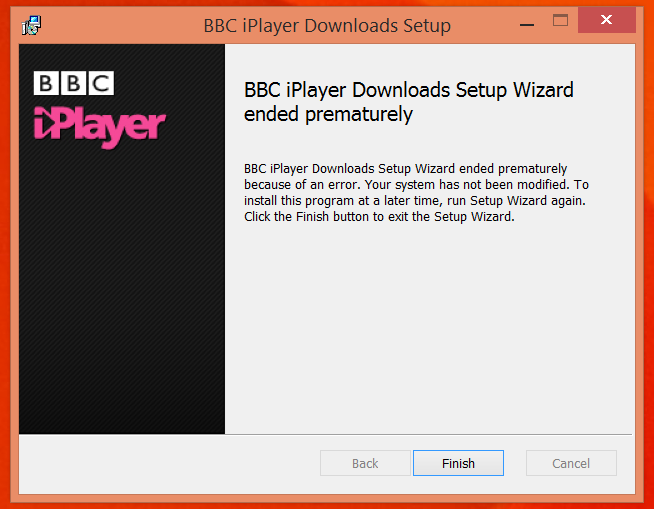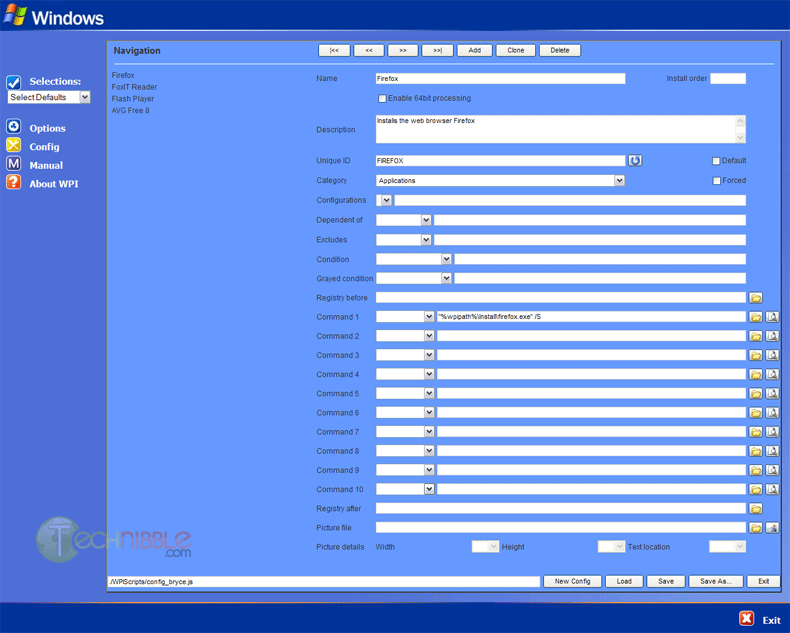Install Wizard For Windows 10
Windows 10 install free download - Windows 10, Apple Safari, HP Printer Install Wizard for Windows 7, and many more programs. Free download PC Wizard for Windows 10. PC Wizard is a system information program that provides you with in-depth information about your computer components and system configuration details. It reports technical details for your hardware environment including motherboard. On the computer where the SUA Wizard is installed, log on by using a non-administrator account. Run the Standard User Analyzer Wizard. Click Browse for Application, browse to the folder that contains the application that you want to test, and then double-click the executable file for the application. Click Launch.


Windows 10 comes with an arsenal of drivers — software that lets Windows communicate with the gadgets you plug in to your PC. 100 free twitter followers. Normally, Windows automatically recognizes your new part, and it simply works. Other times, Windows heads to the Internet and fetches some automated instructions before finishing the job.
But occasionally, you’ll plug in something that’s either too new for Windows to know about or too old for it to remember. Or perhaps something attached to your PC becomes cranky, and you see odd messages grumble about “needing a new driver.”
In these cases, it’s up to you to track down and install a Windows driver for that part. The best drivers come with an installation program that automatically places the software in the right place, fixing the problem. The worst drivers leave all the grunt work up to you.
If Windows doesn’t automatically recognize and install your newly attached piece of hardware — even after you restart your PC — follow these steps to locate and install a new driver:
Visit the part manufacturer’s website and download the latest Windows driver.
You often find the manufacturer’s website stamped somewhere on the part’s box. If you can’t find it, search for the part manufacturer’s name on Google and locate its website.
Look in the website’s Support, Downloads, or Customer Service area. There, you usually need to enter your part’s name, its model number, and your computer’s operating system (Windows 10) before the website coughs up the driver.
No Windows 10 driver listed? Try downloading a Windows 8.1, 8, or 7 driver, instead — they sometimes work just as well.
Run the driver’s installation program.
Sometimes clicking your downloaded file makes its installation program jump into action, installing the driver for you. If so, you’re through. If not, head to Step 3.
If the downloaded file has a little zipper on the icon, right-click it and choose Extract All to unzip its contents into a new folder that contains the files. (Windows names that new folder after the file you’ve unzipped, making it easy to relocate.)
Right-click the Start button and choose Device Manager from the pop-up menu.
The Device Manager appears, listing an inventory of every part inside or attached to your computer. A yellow triangle with an embedded exclamation point icon appears next to the troublemaking part.
Click your problematic device listed in the Device Manager window. Then click Action from the Device Manager’s menu bar and choose Add Legacy Hardware from the drop-down menu.
The Add Hardware Wizard guides you through the steps of installing your new hardware and, if necessary, installing your new driver. Beware, though: This last-ditch method of reviving problematic parts can frustrate even experienced techies.
Luckily, you need to install drivers only in either of these two cases:
You’ve just bought and installed a new piece of hardware, and it’s not working correctly. The drivers packaged with newly bought parts are usually old. Visit the manufacturer’s website, download the latest driver, and install it. Chances are good that the new driver fixes problems with the first set of drivers.
You’ve plugged in a new gadget that Windows doesn’t recognize. Tracking down and installing the latest driver can often fix the problems.
Install Wizard For Windows 10 Microsoft
But if you’re not having trouble with a piece of hardware, don’t bother updating its driver, even if you find a newer one online. Chances are good that newer driver adds support only for newer models of the gadget you own. And that new driver might throw a glitch into something that was already working fine.
Finally, don’t bother signing up for a service that claims to keep your computer up-to-date with the latest drivers. They can do more harm than good.
Install Wizard For Windows 10 Free
If your newly installed driver makes things even worse, there’s a solution: Head back to Device Manager, double-click the troublesome part’s name, and click the Driver tab on the Properties box. Keep your breathing steady. Then click the Roll Back Driver button. Windows ditches the newly installed driver and returns to the previous driver.